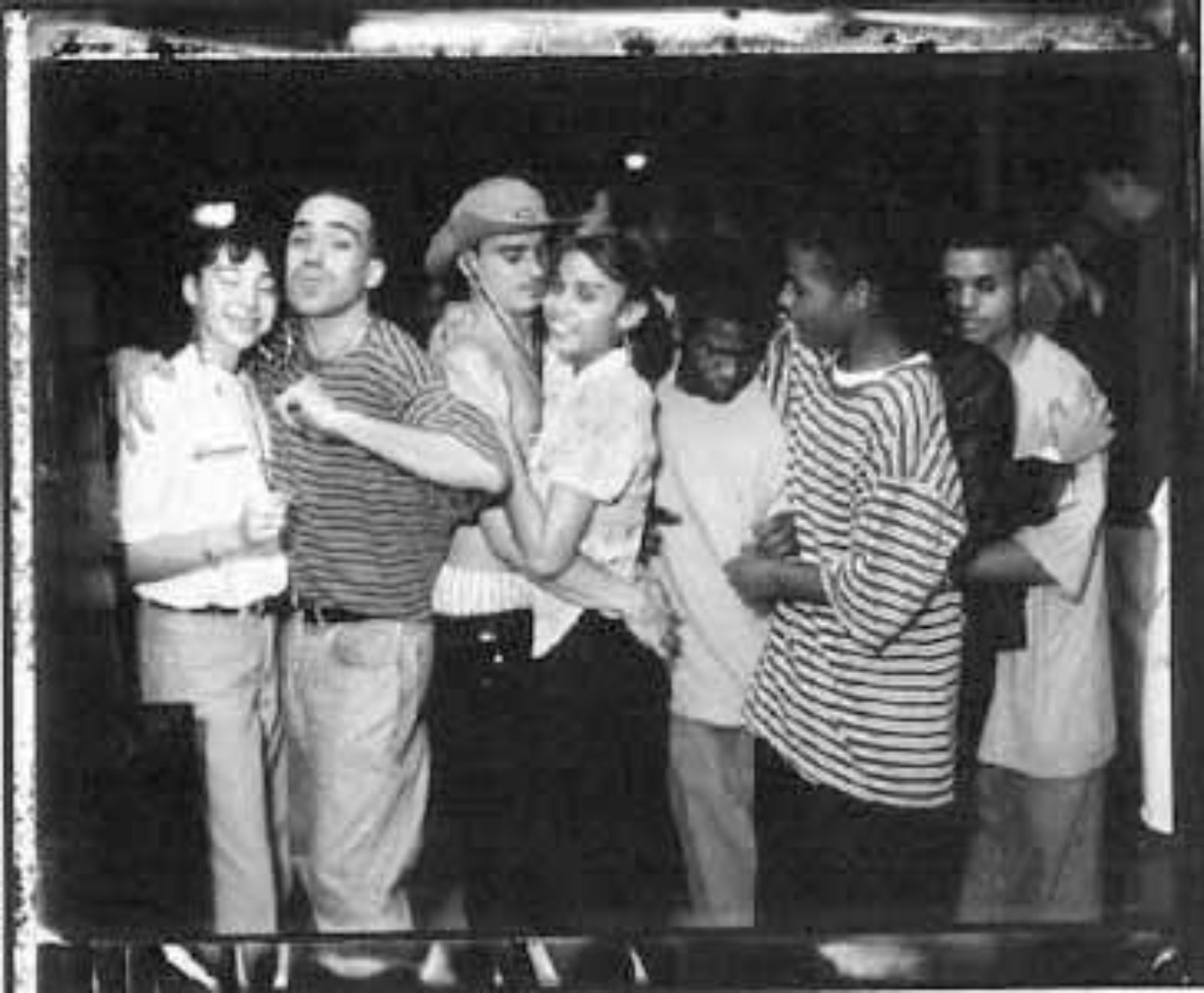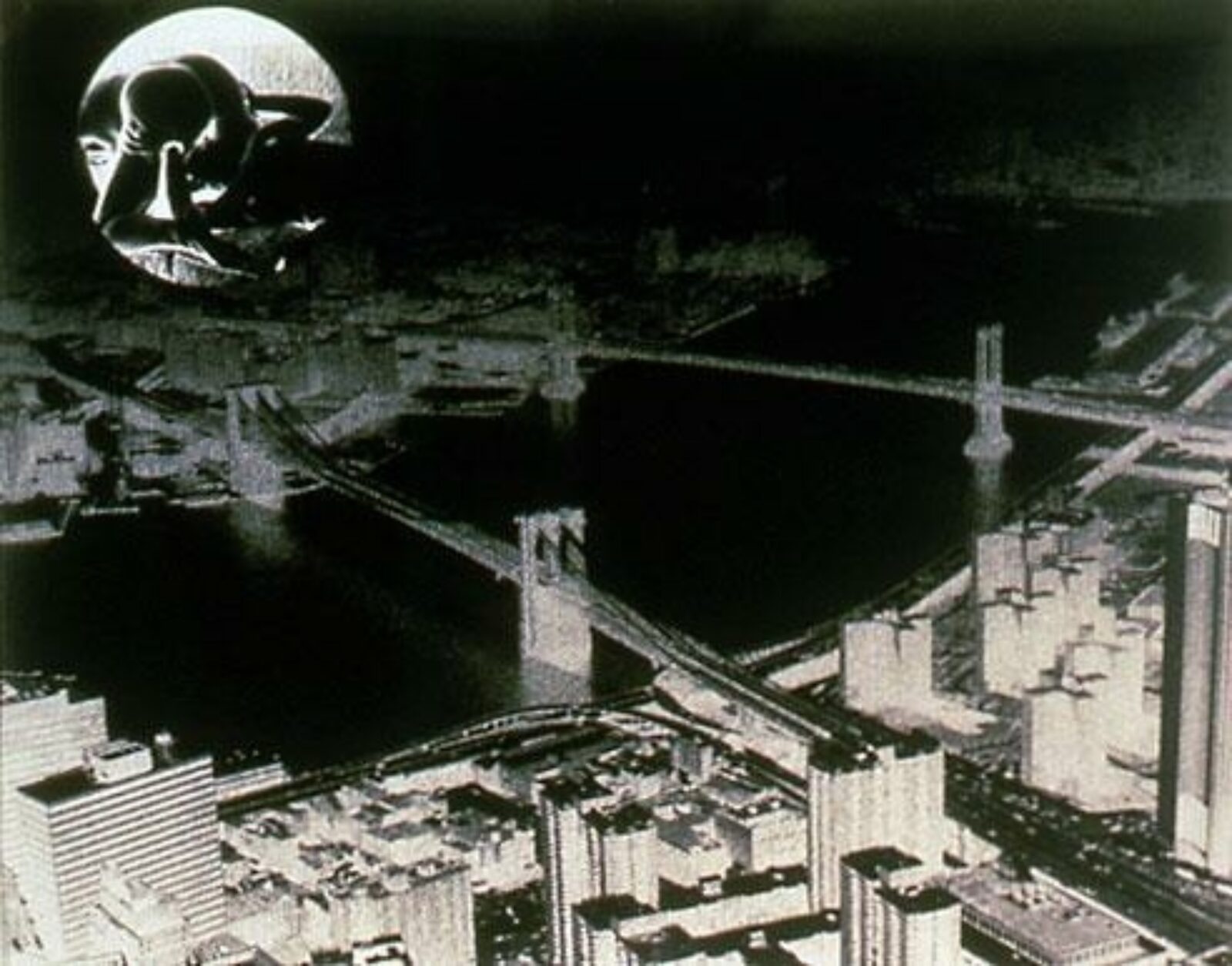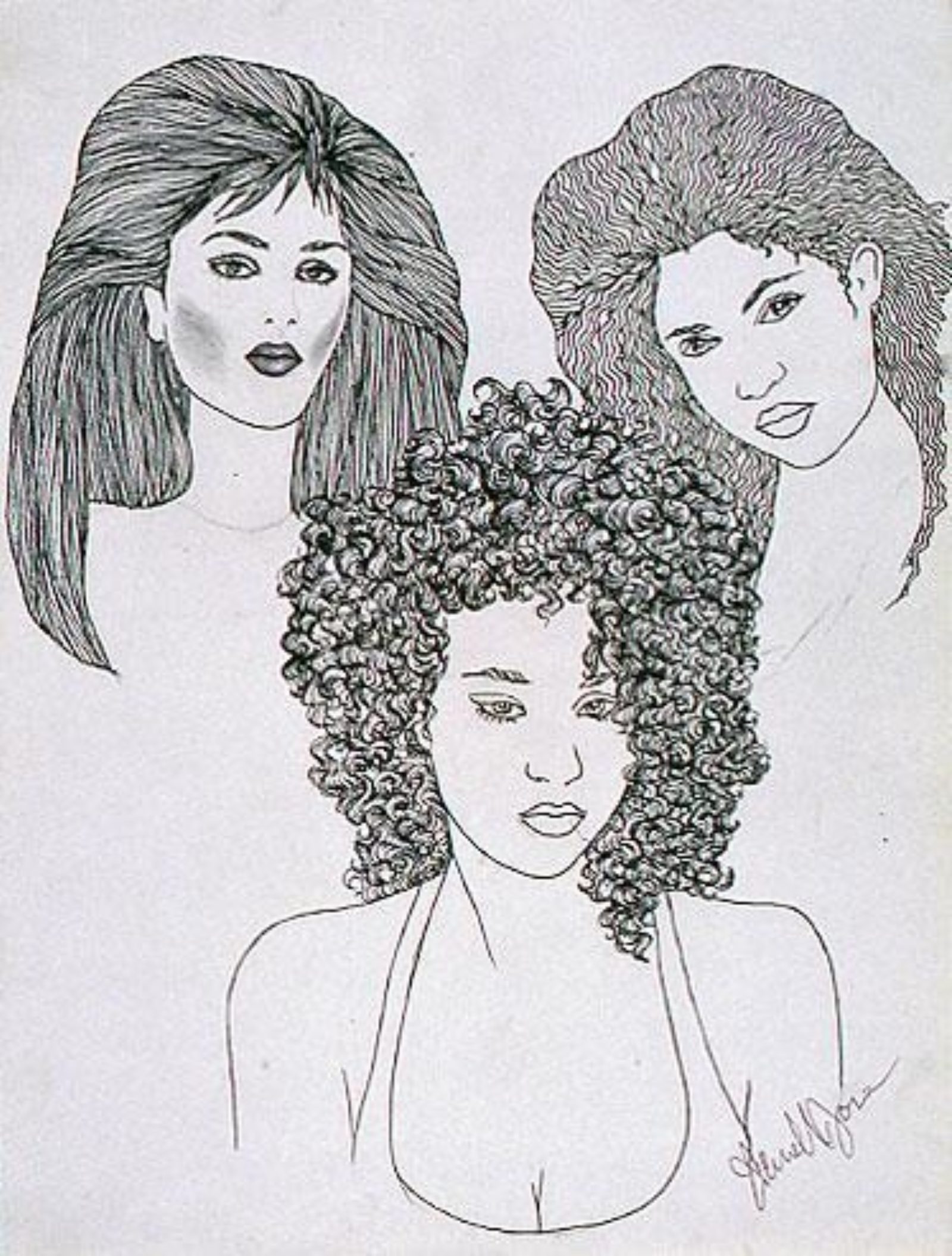









featured gallery for June 2010
Look, You See Me
Browsing the Visual AIDS archive, I was drawn to several artists' works that focused on men's representations of women and women's representations of men. Within the archive these were rather rare to come across and I wanted to bring several examples together and think about the connection and roles that each play for and towards each other in a queer or other marginalized positions.
There is documentation of public demonstrations and non-political moments: W. Benjamin Incerti's intimate photograph Untitled (1991), which captures the strength and emotion of two women embracing at an AIDS protest, and Vincent Cianni's photograph Dancing at Johnny's Birthday Party, Berry St., Williamsburg, Brooklyn (1997) of two teenage boys dancing together side-by-side with several boy-girl pairings. Incerti (1951-1993) was a Boston-based activist and photographer who worked to promote AIDS education and government awareness and Cianni is a photographer whose work includes life in pre-gentrified Williamsburg of the 1990s.
In David Wojnarowicz's Untitled from Sex Series (for Marion Scemama) (1988-89), he inserts an image of two women engaged in a sex act into a stock image of the Brooklyn and Manhattan Bridge spans, making the private public, speaking to the personal and political urgency of the AIDS epidemic. The work questions what we look at and what we ignore of gay sex in mass culture, and the relationship between men and women in AIDS activism. And I am intrigued by Loreen Bryant, an older black woman who lives in New York, and her choice of young, white homoerotic subject matter and the matter-of-factness of the drawings she makes like Draws Pulling (2005) and Untitled (Exhaustion) (2005). I wonder what this religious mother and grandmother thinks about the focus on white male body in the promotion of AIDS, sexuality and health.
There are David Abbott's paintings, Rits (1996) and All Girls Together (1992) of gender-ambiguous "women"; Nelson Edwin Rodriguez' photograph Untitled (Self-Portrait) (1994) of himself posed flirtatiously competing with the gaze of the poster-girl staring at us from behind him; and Darrell Jones' drawing Women (1996) of three women modeling popular variations of the time's hair stylings. These charming and un-self-consciously honest works all speak to the queer spell that women cast over men.